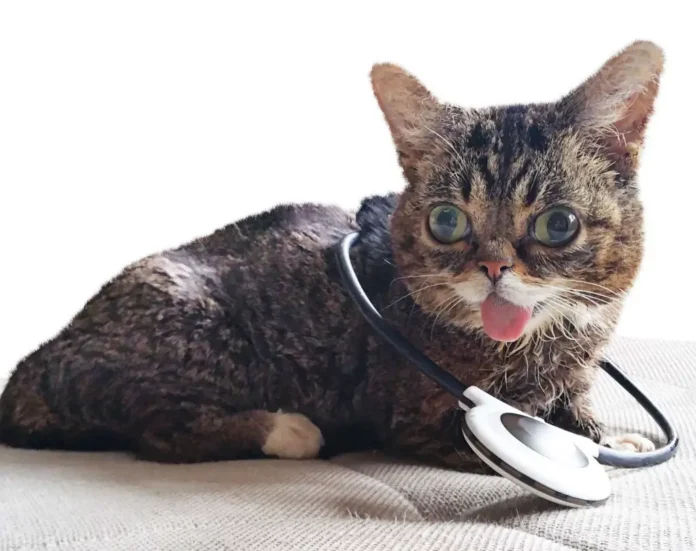The Challenge of Feline Pain Management
Cats are cherished companions for millions of households worldwide, yet they pose unique challenges when it comes to medical treatment. Unlike dogs, cats are adept at concealing their pain, making it difficult for owners and veterinarians to recognize when intervention is needed. Traditional anti-inflammatory and pain relief medications can often exacerbate issues by harming a cat’s internal organs.
Innovative Solutions for Cat Care
Assisi Animal Health is at the forefront of addressing this issue with its groundbreaking product, the Assisi Loop®. This device offers an effective means of reducing inflammation and alleviating pain in cats without the adverse side effects typically associated with conventional medications. The Assisi Loop® has been employed in various medical scenarios, ranging from chronic arthritis and urinary tract obstructions to gastrointestinal disturbances. Notably, the device has played a crucial role in treating osteopetrosis in the famous cat, Lil’ BUB, since 2013.
Recognizing Feline Pain: The Feline Musculoskeletal Pain Index (FMPI)
The question remains: how can pet owners ascertain if their feline friends are in pain? North Carolina State University recently launched painfreecats.org, which features the Feline Musculoskeletal Pain Index (FMPI)—an innovative tool designed to bridge the communication gap between cats and humans regarding pain levels.
Developed by Dr. Duncan Lascelles from NCSU, the FMPI is a “Clinical Metrology Instrument” that quantitatively assesses a cat’s pain through a detailed questionnaire. This assessment takes into account various factors such as mobility, agility, and overall disposition. Both veterinarians and cat owners can utilize this questionnaire to gain insights into the cat’s experience of pain associated with long-term degenerative conditions like osteoarthritis.
How the FMPI Works
Through inquiries focused on the cat’s behavior—such as willingness to jump and changes in appetite—the FMPI allows pet owners and veterinarians to determine the most suitable treatment strategies for their feline companions. The process includes:
- Setting a baseline condition for the cat
- Formulating an initial treatment plan based on FMPI results
- Monitoring progress to evaluate the effectiveness of prescribed treatments
The Importance of Diagnosing Cat Pain
In the United States alone, an estimated 94 million cats exist, with approximately 45 million suffering from chronic pain stemming from neuromuscular and orthopedic issues. Tragically, only a small proportion of these affected cats have received a proper diagnosis or veterinary care. The challenge of identifying feline pain persists, driven by the species’ evolutionary tendency to mask discomfort as a survival mechanism.
Visit painfreecats.org for Support
The FMPI stands out as the only clinically validated tool specifically designed for diagnosing and managing chronic joint pain in cats. We encourage cat owners to visit painfreecats.org to complete an FMPI assessment for their cat. This information can be invaluable during veterinary visits, providing insights that help guide treatment options effectively.
Additionally, consider discussing the Assisi Loop® with your veterinarian. This innovative device can be a standalone treatment or integrated into a broader treatment plan, offering stress-free benefits for both cats and their owners by allowing at-home use.
Credit: Photos used with permission of Assisi Animal Health












